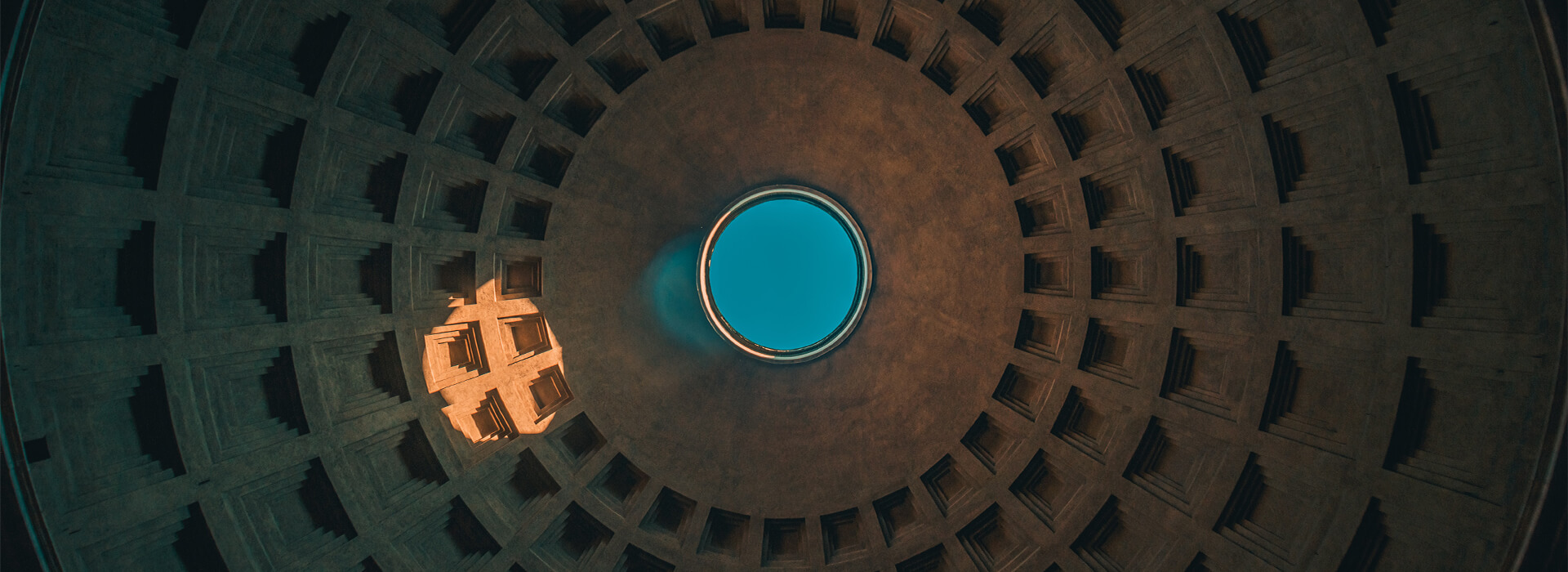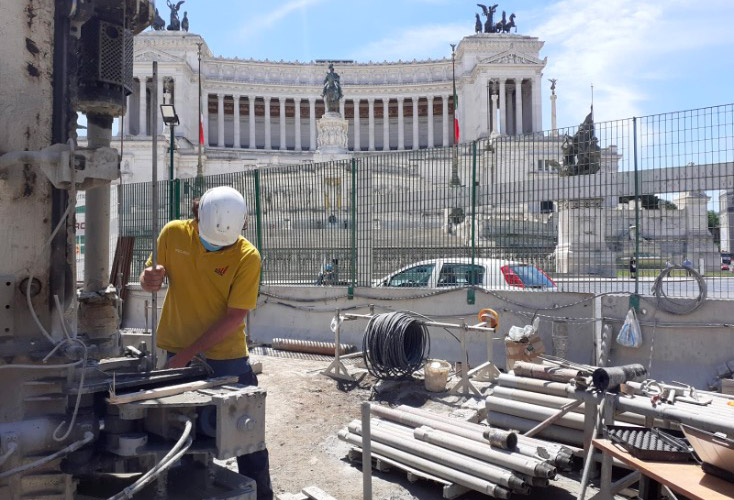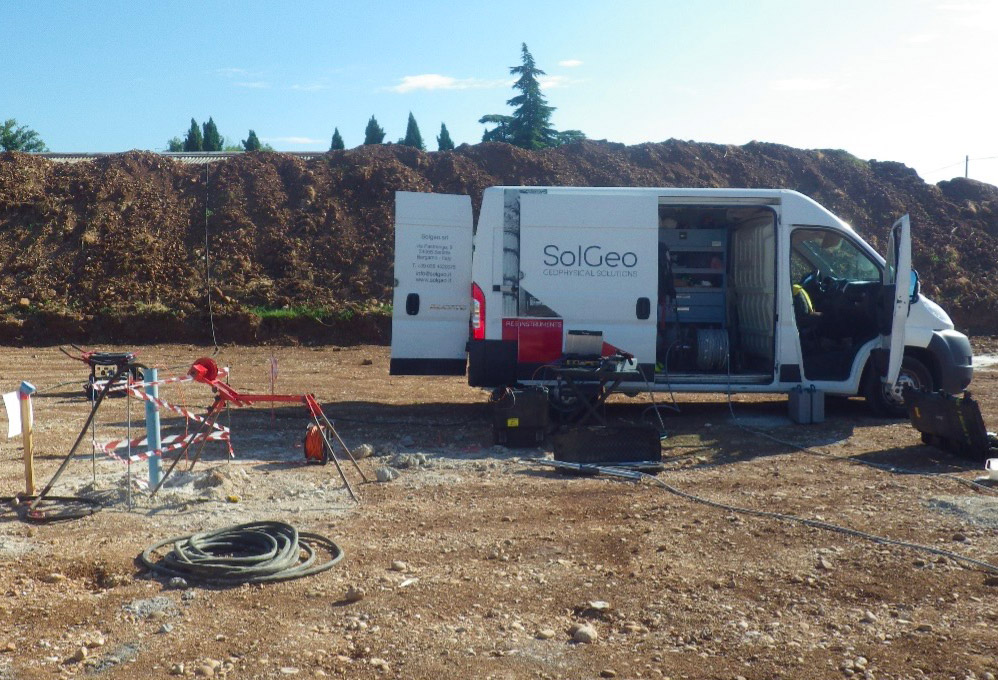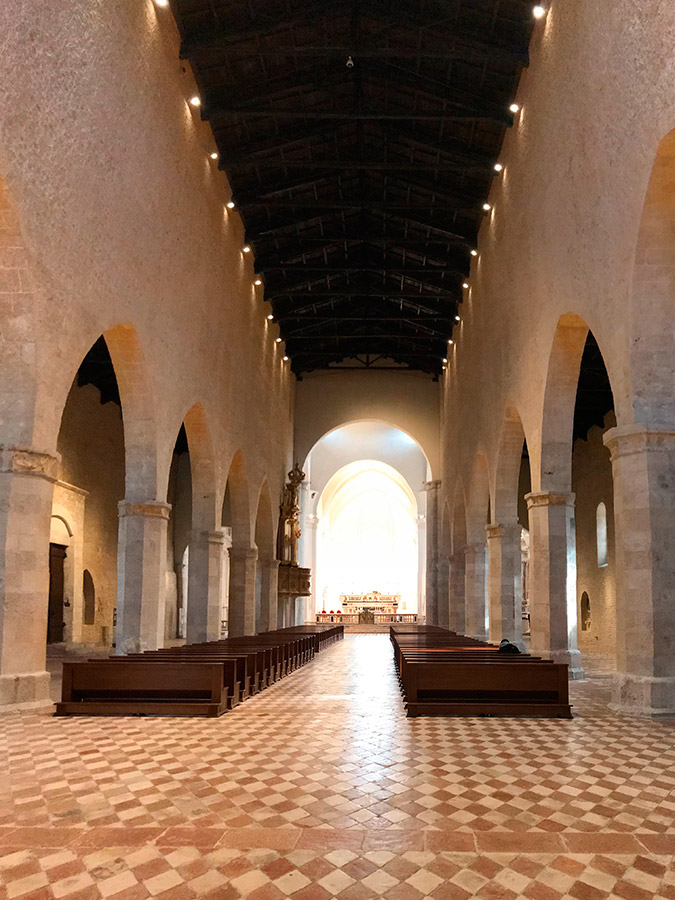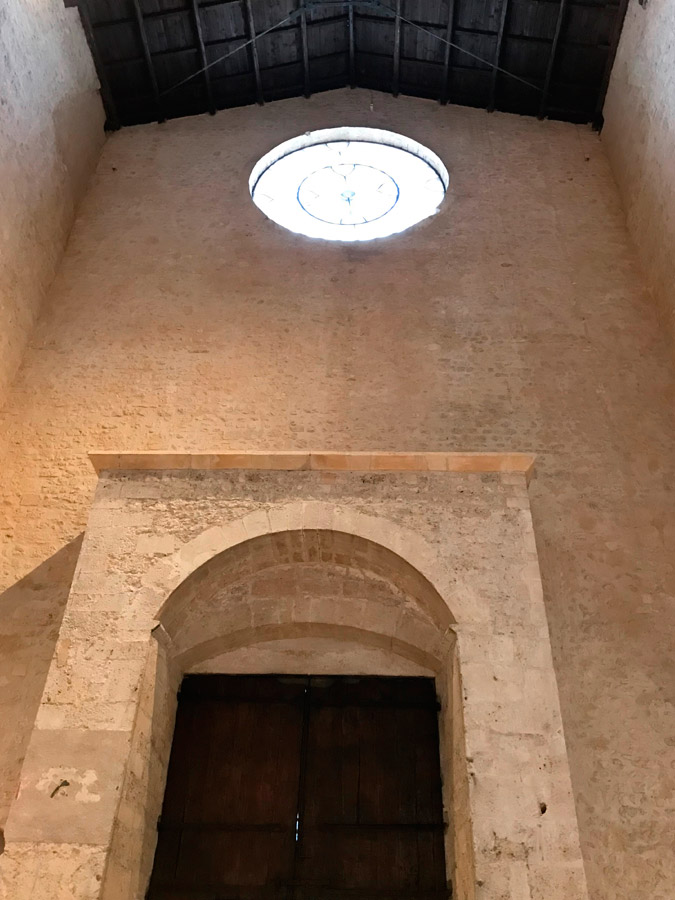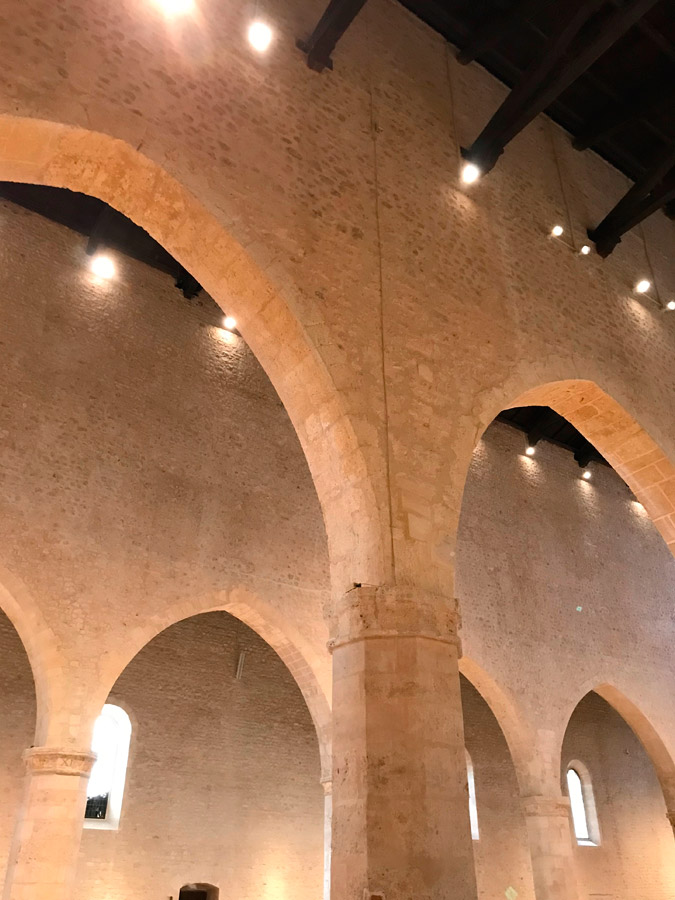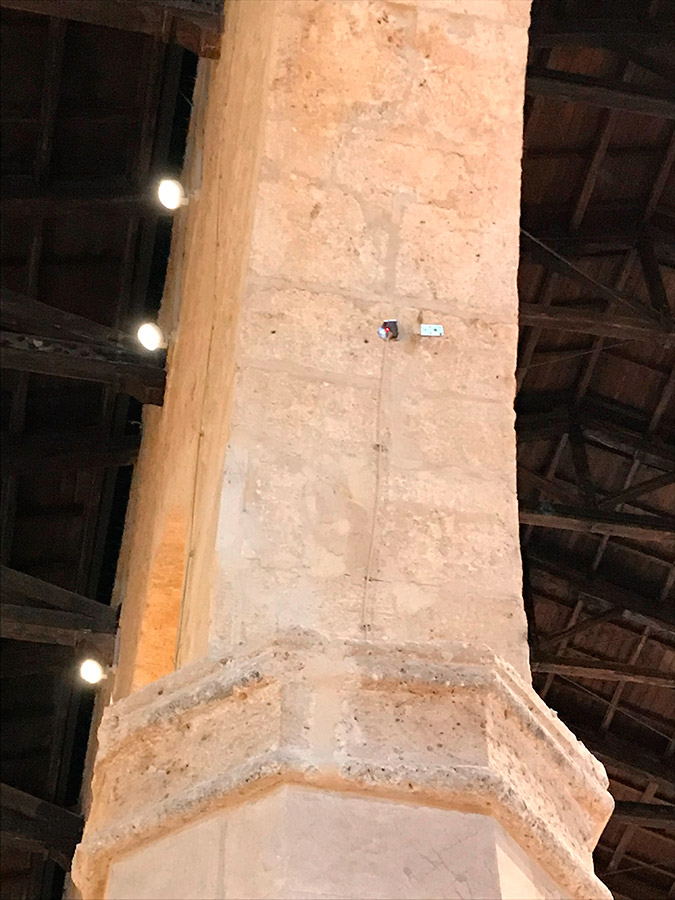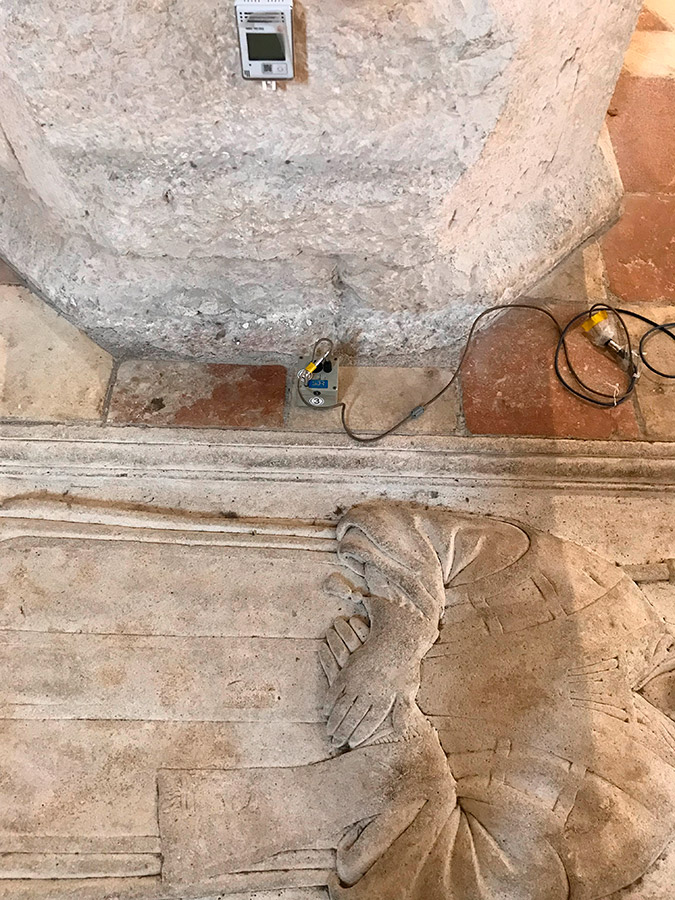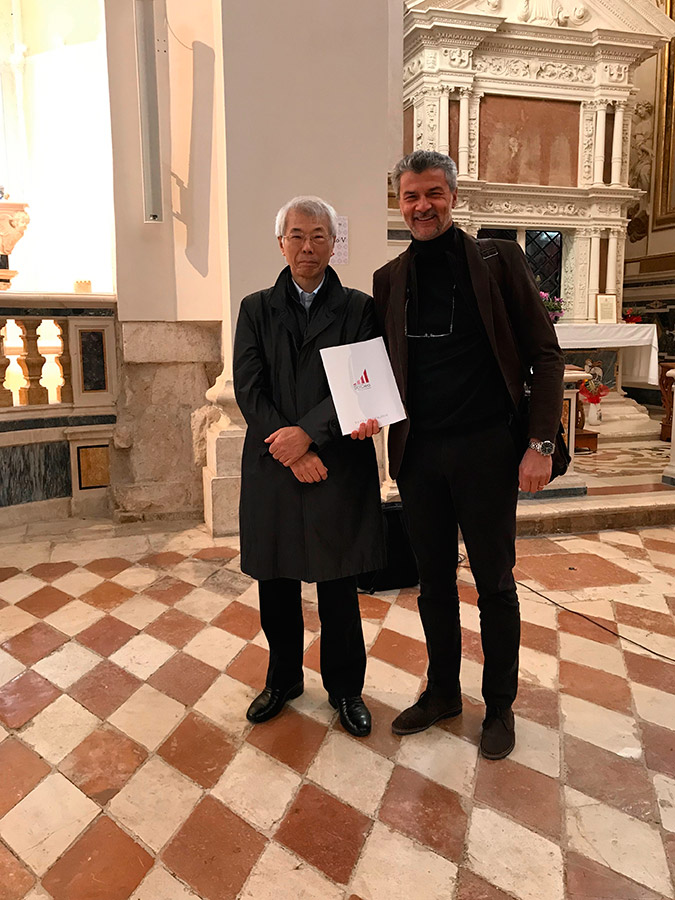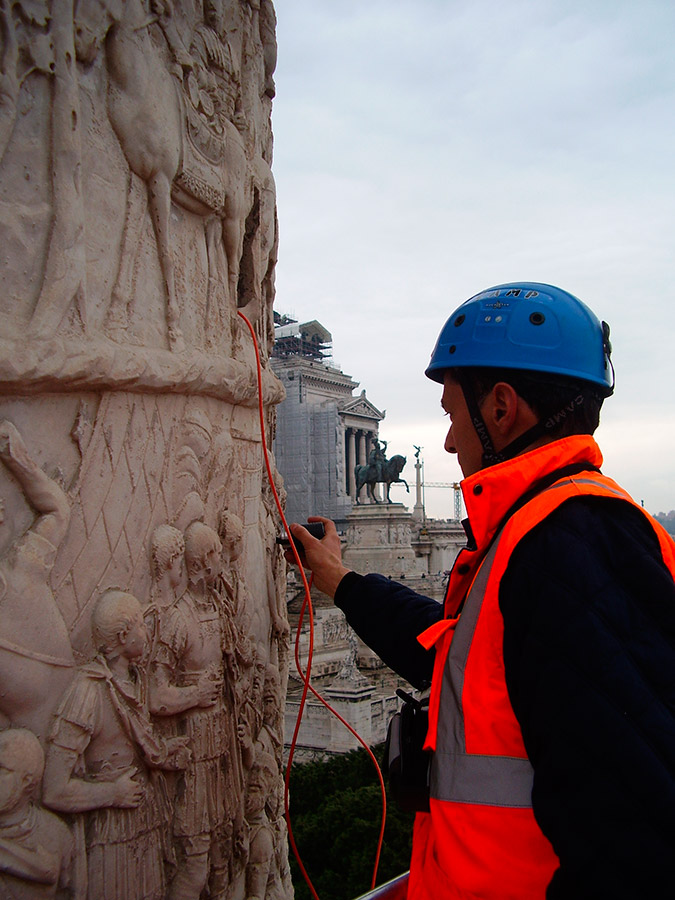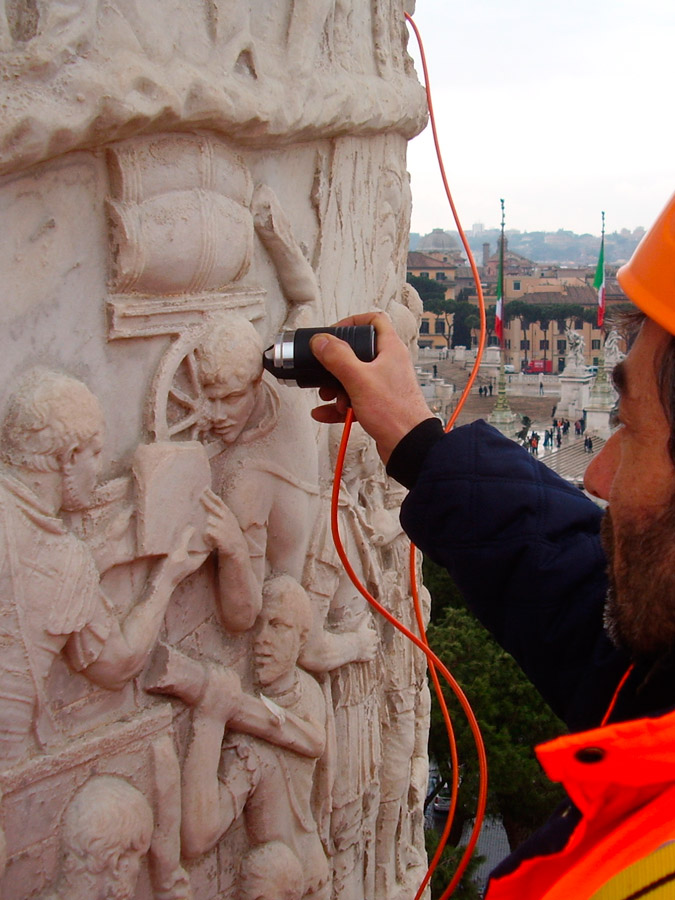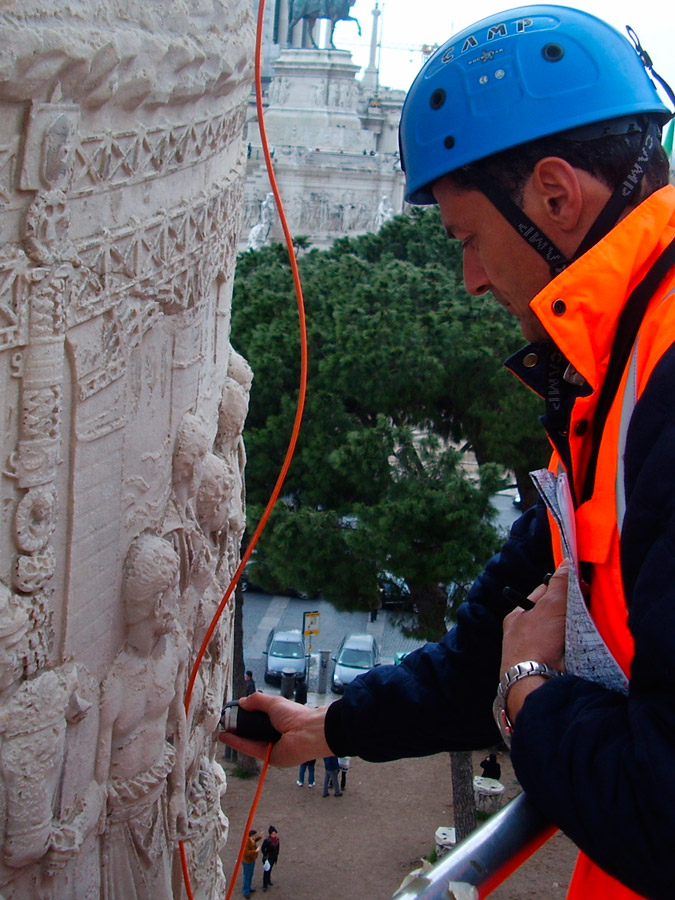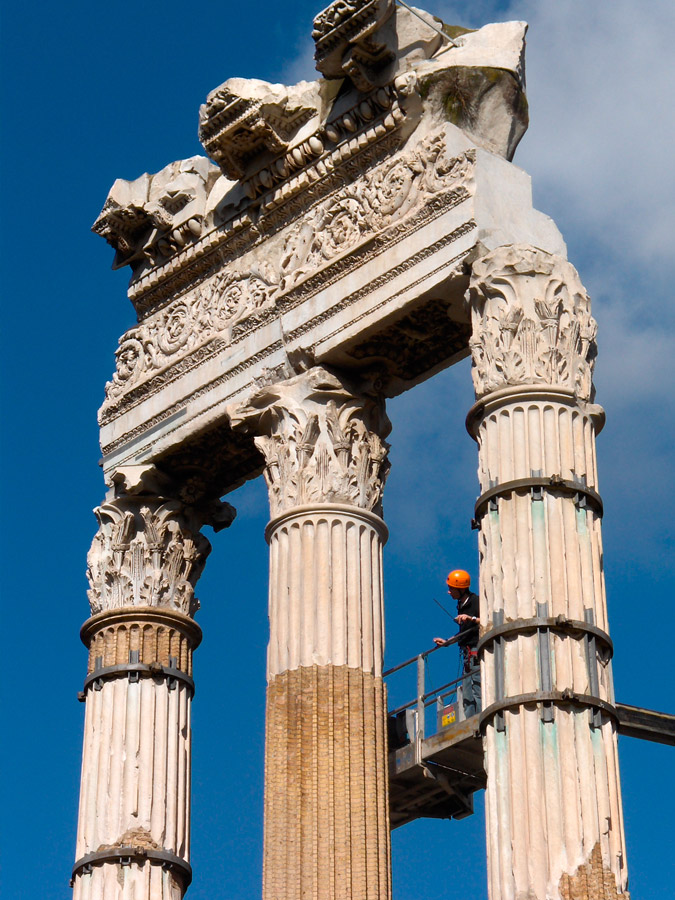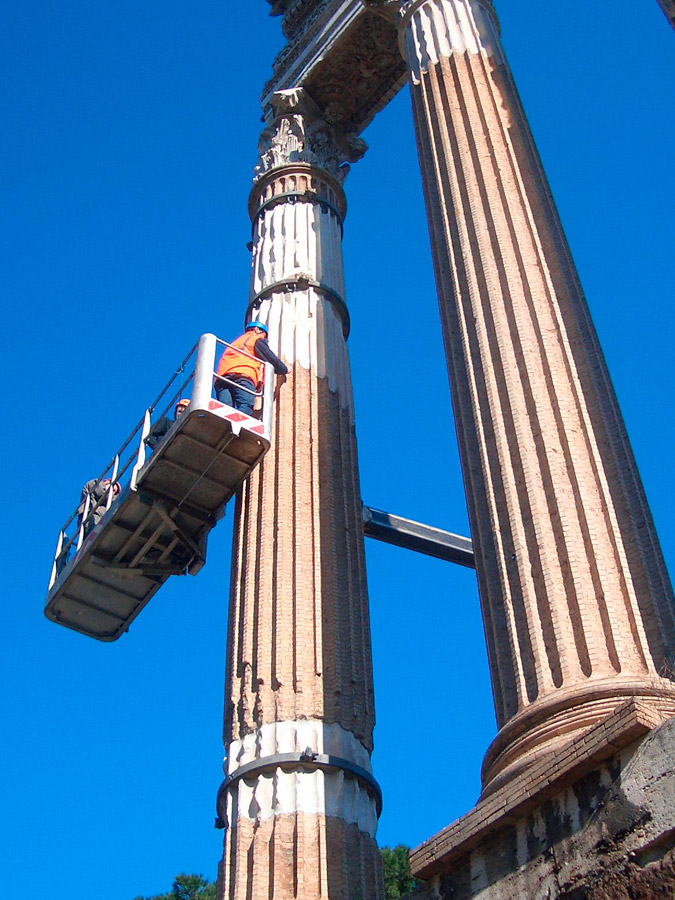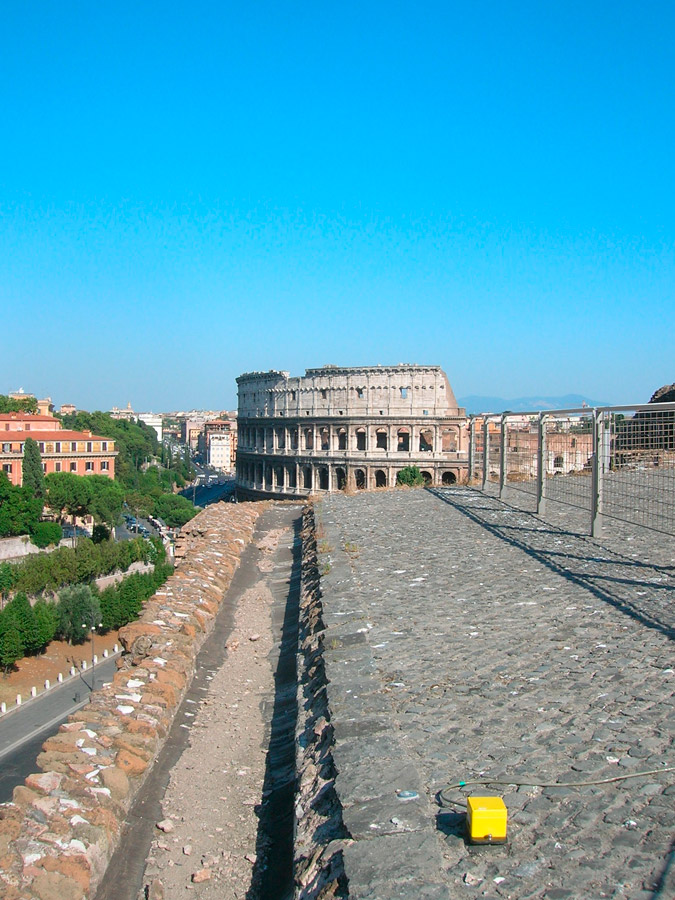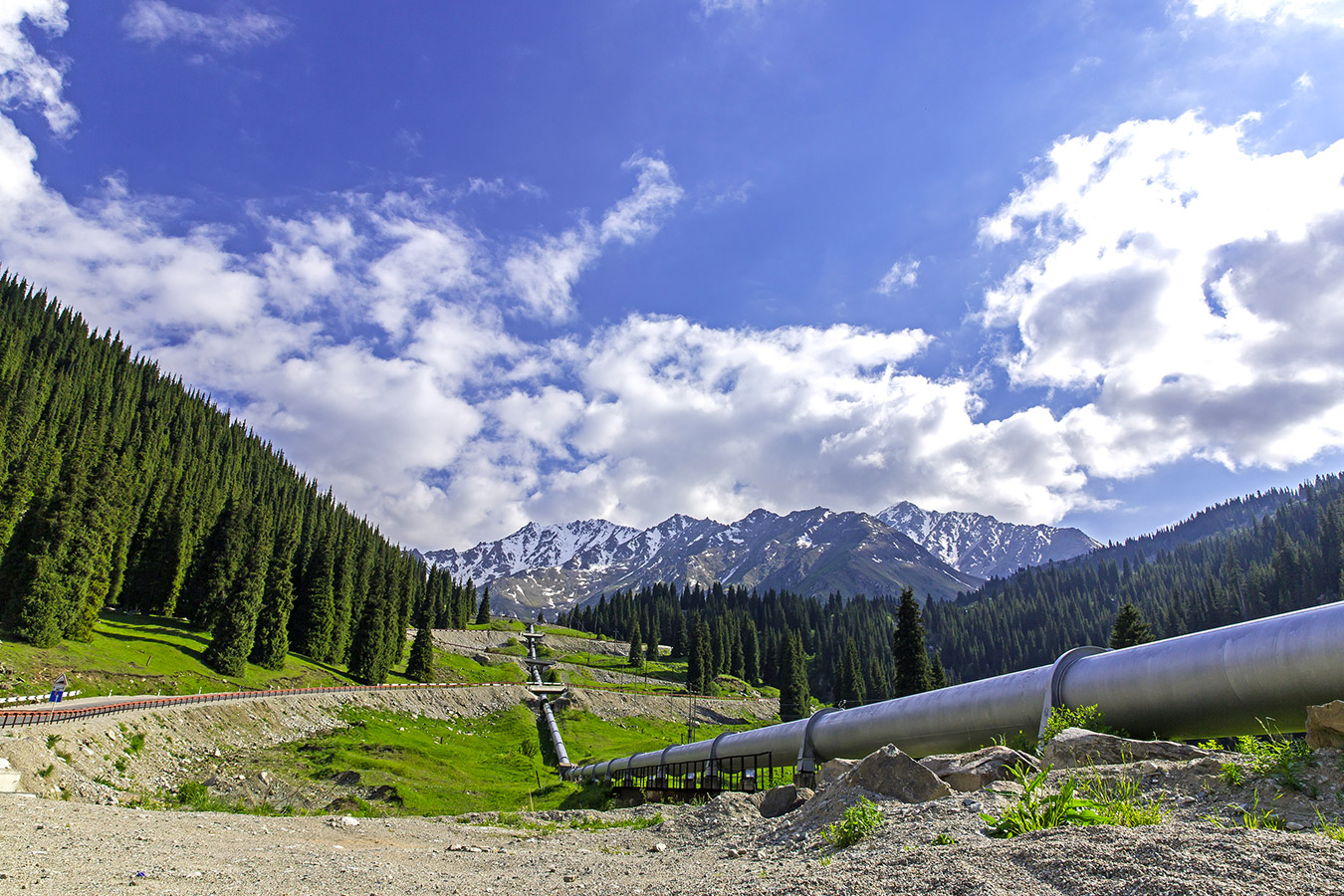Solgeo interventions
Discover the most important interventions we have carried out for our clients: microseismic networks, geophysical interventions and dynamic monitoring of monuments, buildings and large infrastructures such as bridges, viaducts, roads, dams, railways and much more.
Geophysical surveys and NDT
Cross-hole investigation in P and S waves
Geophysical surveys performed to characterize the areas involved in the project of the new high speed section Brescia-Verona (IT), for the customer CEPAV DUE.
Ultrasonic survey
Solgeo has performed on behalf of the Regional Secretariat of the Ministry of Culture for Sardinia (MiC), the ultrasonic survey for the characterization of the stone columns of the portico of the former Convent of San Francesco, Oristano, Sardinia (IT).
Inclinometric surveys
Execution of inclinometric surveys at the TREVI SPA testing field located in Rome, Piazza Venezia, within the project for the realization of the new subway station Line C.
Inclinometric, cross-hole, tomography and sonic tomography surveys
Tomographic surveys in terms of velocity and energy decay at the Ambiesta dam, Verzegnis (Udine, IT) on behalf of the client CESI spa.
Monitoring historic buildings
Basilica of Collemaggio monitoring
In 2017 Solgeo was commissioned to implement a dynamic monitoring system for the Basilica during the restoration phases and as a permanent control and security system. The system consists of over 40 accelerometers for a total of 65 axes, 9 microlaser extensometers and 5 thermohygrometers. Everything is managed by a software that also allows the continuous recording of data for periodic analysis of the modal frequencies of the structure. Solgeo is a sponsor of the Municipality of L'Aquila for the maintenance of the systems, in collaboration with the University of L'Aquila.
Dynamic monitoring of monuments
affected by the excavation of the Rome Metro C.
Excavation of the tunnels for the new Metro C has affected the volumes of soil beneath Rome's most important monuments. Dynamic and continuous monitoring of these monuments has been a priority for the Metro C Consortium. More than 130 accelerometers have been installed on the monuments, churches and buildings, checking for any exceedances of the vibrations induced by the construction operations through 40 data acquisition units. In addition, periodic analysis of time series of environmental noise allows designers to calculate and verify the resonance frequencies of the structures. A digital web platform collects all the data to be made available to Engineering.
Civil building monitoring
Monitoring of buildings: ENI and ENEL offices
The occurrence of natural seismic events, even those of low intensity, sometimes has consequences that should not be underestimated on the behavior of people in offices, particularly in high-rise buildings.
Having a monitoring system that sends the measured values in real time of a seismic event to the Prevention and Safeguard Manager and the persons in charge of safety, is a very effective decision-making tool. The decision to evacuate a building is made based on objective and measured data. If the acceleration and displacement values measured during the seismic event remain within the safety parameters, the person in charge can reassure the staff without carrying out an emergency evacuation that can sometimes cause related accidents. On the contrary, the system can send alarm signals in real time and act on the lifts by bringing the cabins to the nearest floor to let people down. ENI and ENEL have adopted our system to improve the safety of their employees in their head offices in Rome and Milan.
Seismic Early Warning System
on the High-Speed rail Rome - Naples, operator RFI
Solgeo was responsible for the supply and installation of a Seismic Early Warning System (EWS) on the high-speed rail between Rome and Naples.
Along the 200 km railway, 20 seismic stations have been realized with sensors installed on the surface and in the borehole.
Using the seismic stations, the main purpose of the system is to estimate the intensity of an earthquake in the very first seconds of the development of the event along the railway, based on the first waves (P waves) released by an earthquake.
In case of an earthquake of relevant intensity, the system automatically activates emergency procedures such as the slowing down/stop of trains approaching the epicentral area.
The project was commissioned by the train-line operator RFI, in technical-scientific collaboration with the Department of Physics - University Federico II of Naples, and the participation of the Japanese Railway Research Institute (JR RTRI).
Dam monitoring system
Dams are one of the most important strategic infrastructures for a country, not only because they hold back water to produce green hydropower, but also because they are facilities whose safety is fundamental. Solgeo provides monitoring systems to control the dynamic behaviour of dams in Italy, in collaboration with CESI, and in Latino America in collaboration with SISGEO Latino America.
Bridge and viaduct monitoring
Solgeo designs and manufactures acquisition systems for structural monitoring and earthquake detection in all applications of civil and industrial engineering.
The systems allow monitoring of an unlimited number of channels, even remotely, of the most critical structures such as highway overpasses, elevated roads, bridges and viaducts.
Discover our rental option!
The systems allow monitoring of an unlimited number of channels, even remotely, of the most critical structures such as highway overpasses, elevated roads, bridges and viaducts.
Discover our rental option!
Platform monitoring
Creation of dynamic monitoring systems for real-time measurement and calculation of modal vibration frequencies of oil platforms and measurement of differential displacements, integrating meteomarine measurements.
Solgeo has monitored for ENI the five platforms LOANGO (Congo), and GELA 1.
Solgeo has monitored for ENI the five platforms LOANGO (Congo), and GELA 1.
Pipeline monitoring via e-vpms system®
E-vpms® is a Vibroacoustic Leak Detection technology patented and developed by Eni for real-time integrity monitoring of Oil & Gas pipelines in different scenario: non-invasive and cost-effective for retrofitting of existing pipelines, also ideal system for new design lines.
E-vpms® currently serves more than 1400km of pipelines, covering about 100% of Eni R&M finished product pipelines in Italy.
It also covers offshore and crude oil pipelines both in Italy and Nigeria.
Visit SolAres!
E-vpms® currently serves more than 1400km of pipelines, covering about 100% of Eni R&M finished product pipelines in Italy.
It also covers offshore and crude oil pipelines both in Italy and Nigeria.
Visit SolAres!


